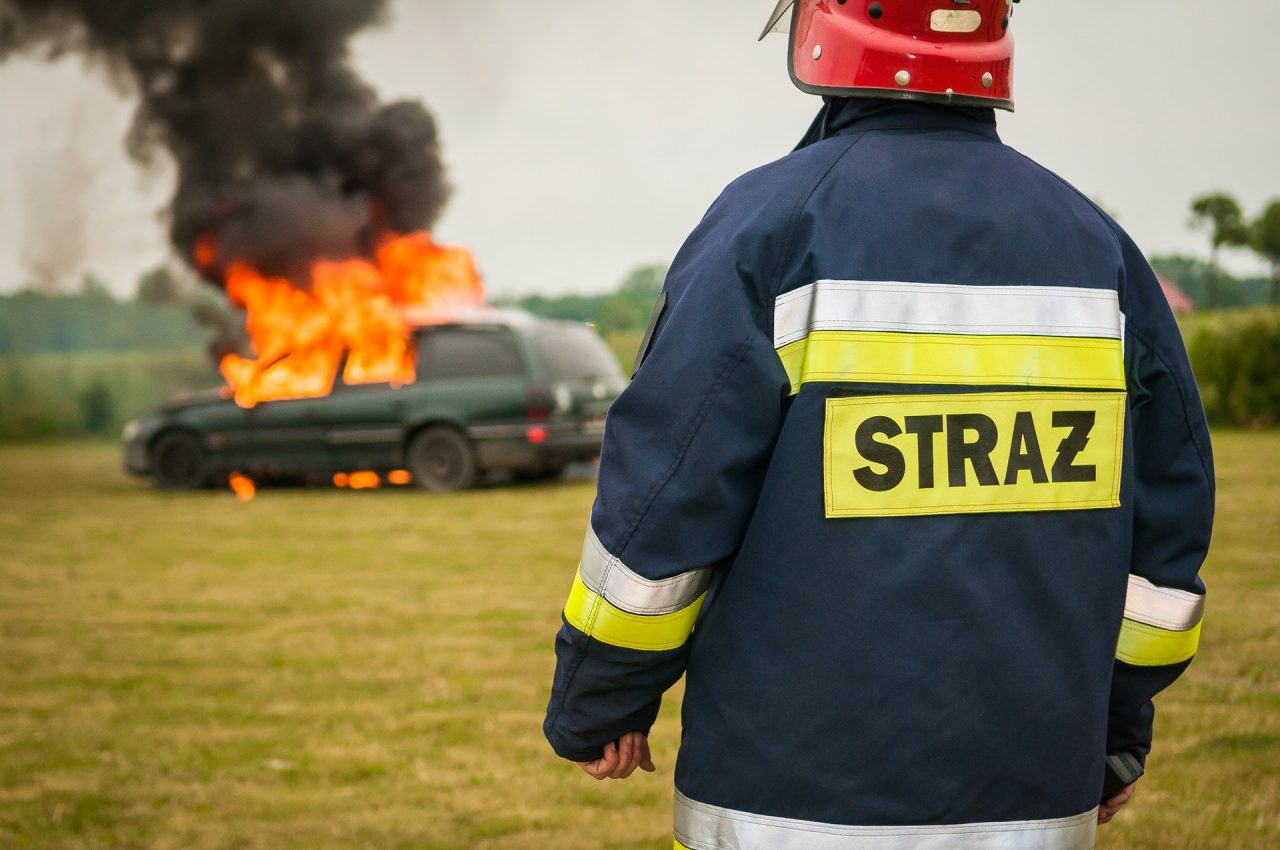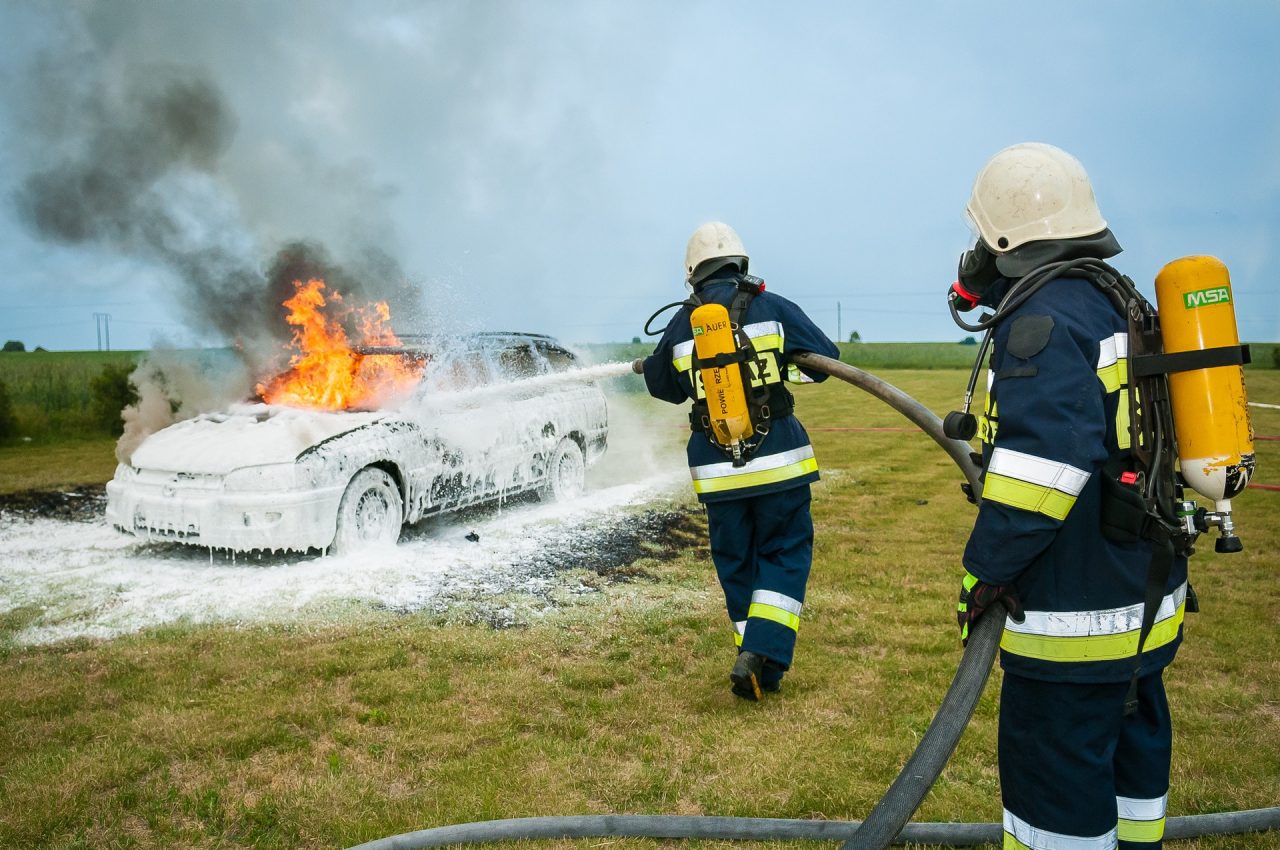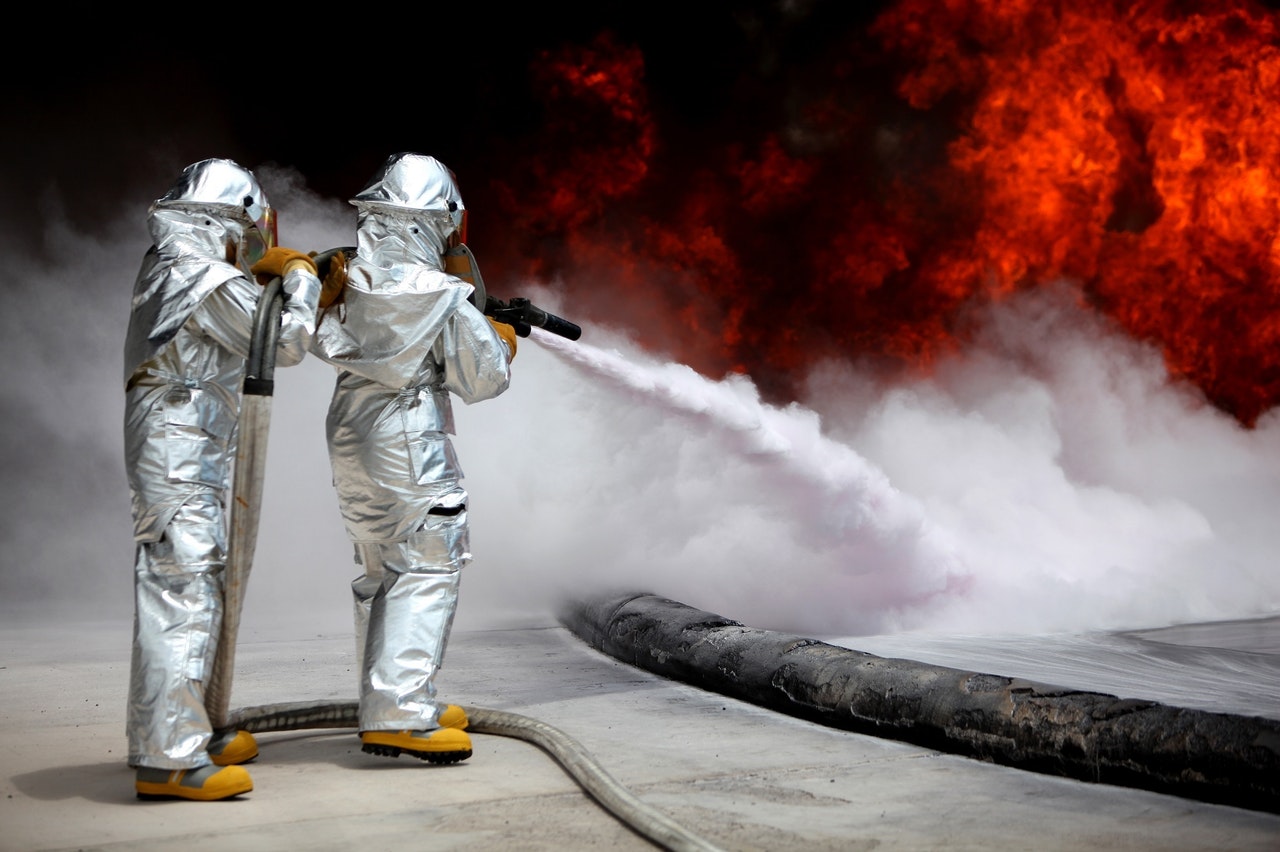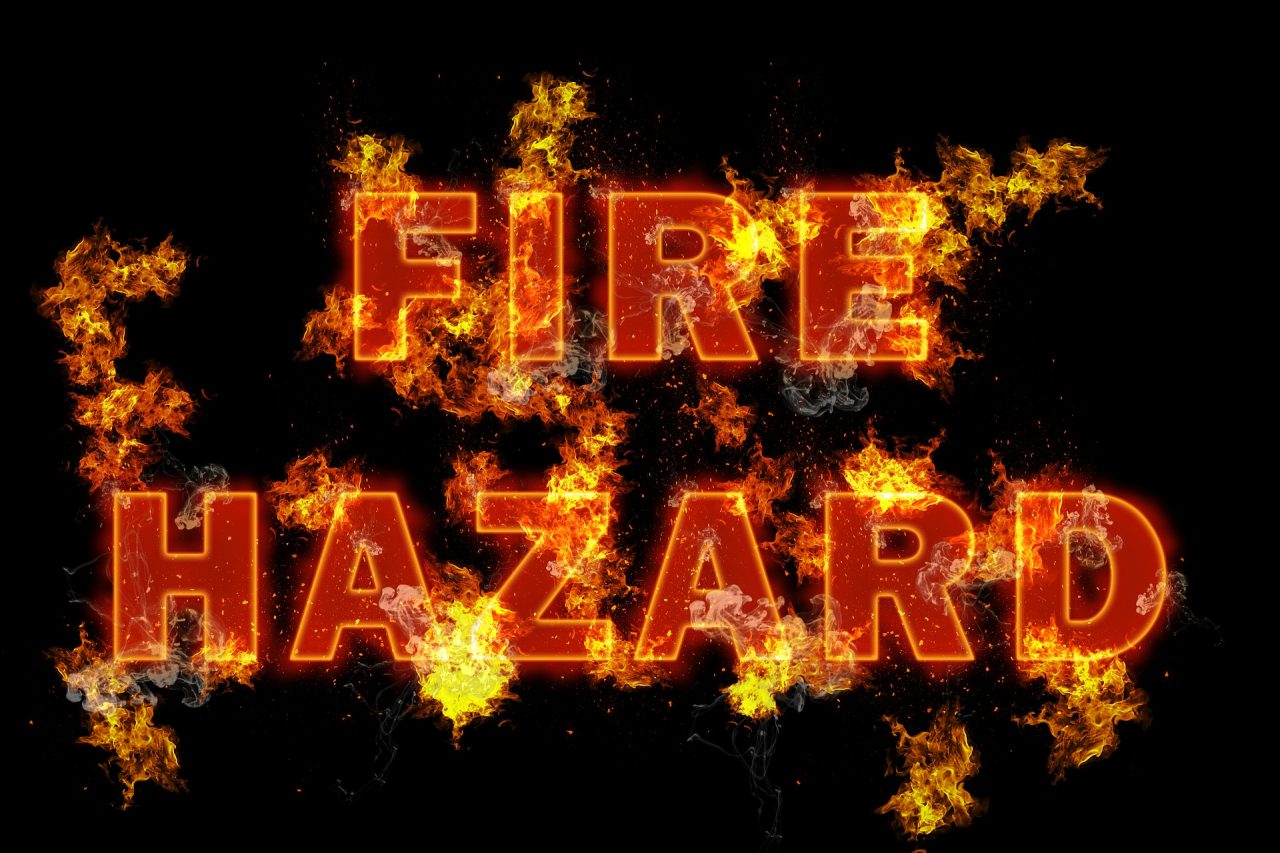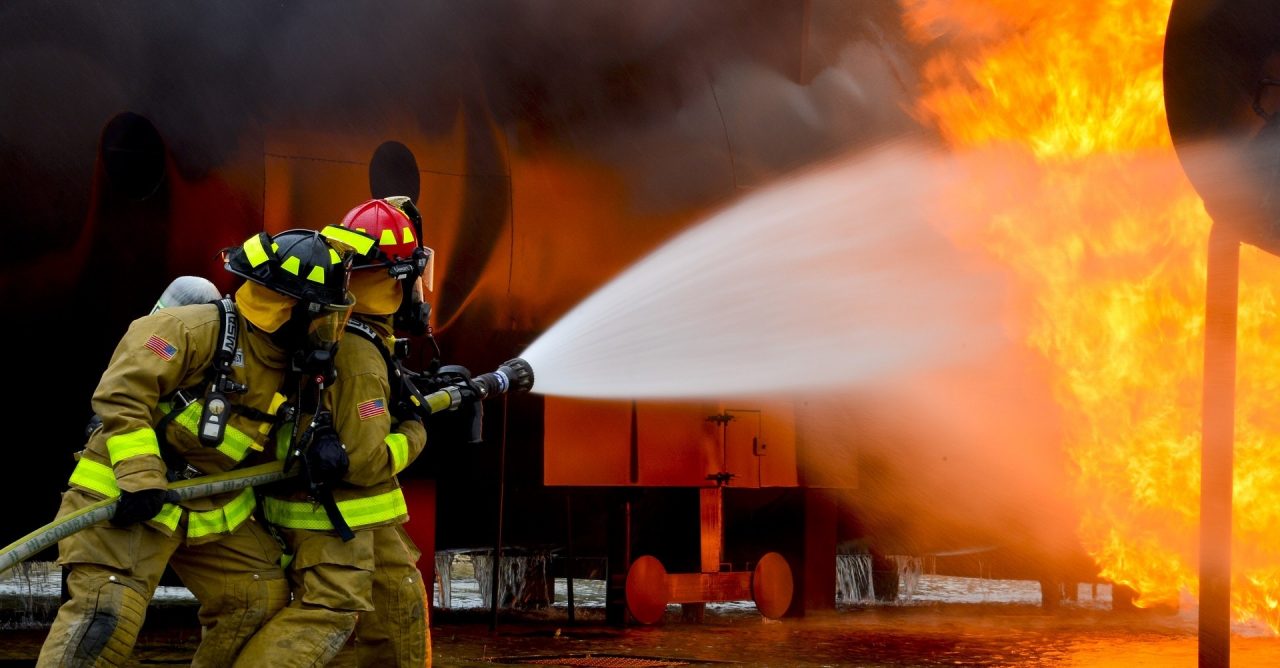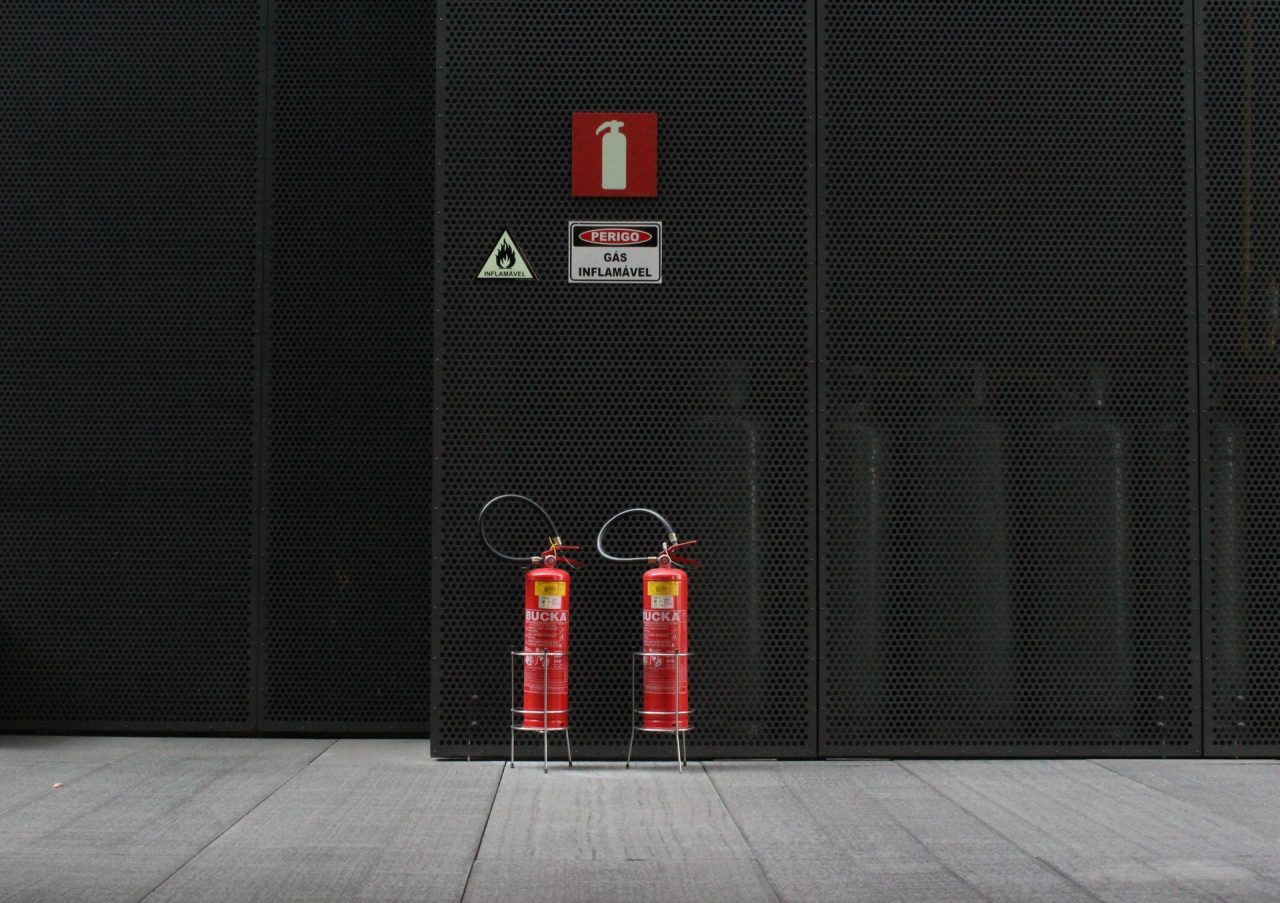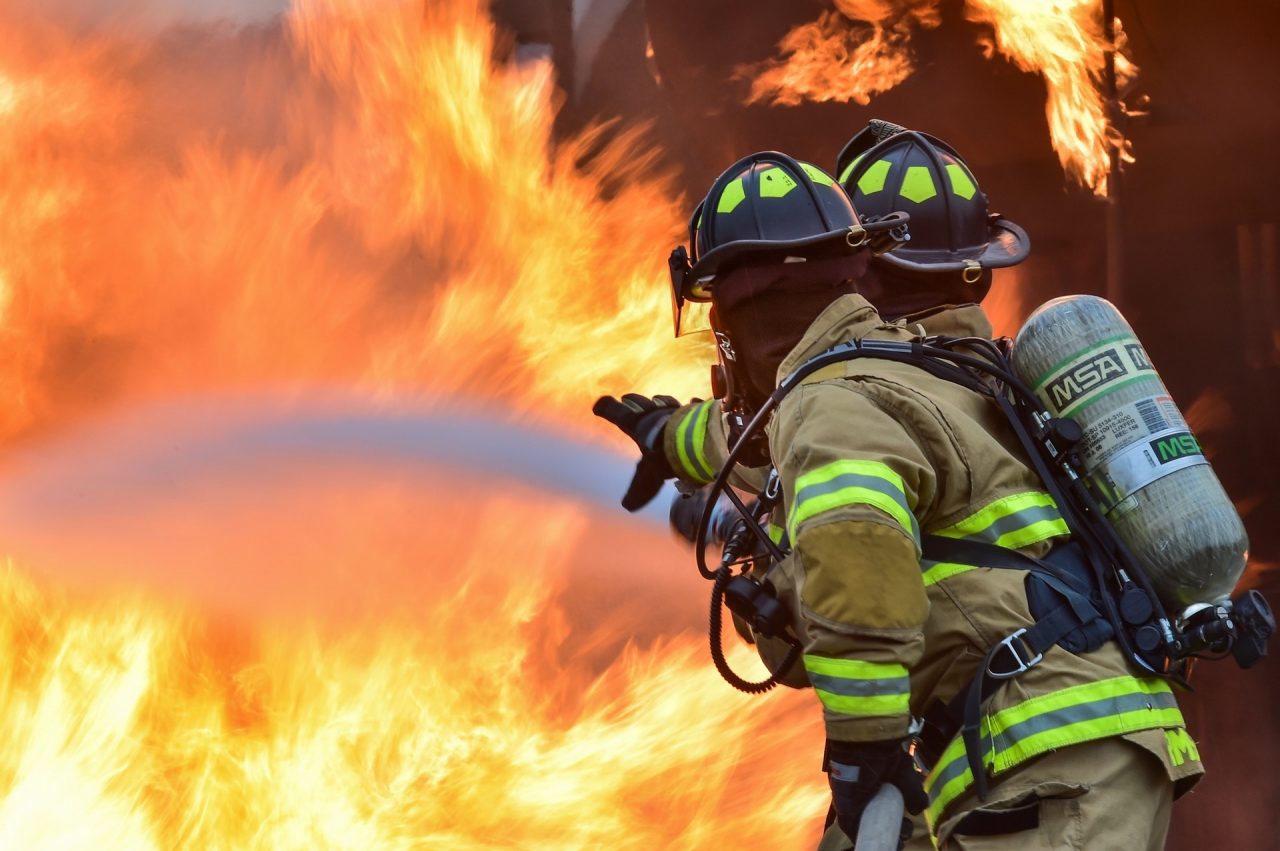5 Common Causes of electric fires
There are approximately 24,000 electrical fires per year, per the survey.
COMMON CAUSES OF ELECTRICAL FIRES
While operating with members of your community on fire and life safety issues, it is important to teach the common causes of electrical fires. These are the most common reason of causing electrical fires.
Faulty outlets, appliances:
Normally electrical fires are caused by faulty electrical outlets and old, outdated appliances. Generally fires are started by faults in appliance cords, receptacles and switches. Always avoid using an appliance with a worn or frayed cord, which can send heat onto combustible surfaces like floors, curtains, and rugs that can start a fire
Using cords under blankets is another cause of electrical fires. Ejecting the grounding plug from a cord so it can be used in a two-prong electrical outlet can also cause a fire. The major source appliances have the extra tip is so they can be only used in outlets that can handle the extra amount of electricity that these appliances draw.
Light attachments:
Light attachments, lamps and light bulbs are another common reason for electrical fires. Inserting a bulb with a wattage that is too high for the lamps and light fixtures is a leading cause of electrical fires. Try to keep an eye on the maximum recommended bulb wattage on any lighting fixture or lamp and never go over the recommended amount.
Therefore other reasons of fire accidents are placing materials like cloth or paper over a lampshade. The substances get heated up and ignite, causing a fire. Damaged lamps and light attachments also frequently result in fires.
Extension cords.
Inappropriate use of extension cords is another electrical fire cause. Instruments should be plugged directly into outlet and not plugged into an extension cord for any length of time. Only use extension cords as a temporary measure. If you do not have the appropriate type of outlets for your appliances, hire an electrician to install new ones.
Space heaters:
These types of heaters are portable; many times people put them too close to combustible surfaces such as curtains, beds, clothing, chairs, couches and rugs. Heaters are generally dangerous in this regard because the coils become so hot they will almost instantaneously ignite any nearby flammable surface.
If you regularly use space heaters, use the radiator-type that diffuse heat over the entire surface of the appliance. Applications like this are less likely to ignite flammable items, but should still be kept away from them.
Wiring:
Outdated wiring often causes electrical fires. If Individuals house is above 20 years old, it may not have the wiring capacity to handle the increased amounts of electrical appliances in today’s average home, such as Laptops, large-screen televisions, video and gaming players, microwaves and air conditioners.
Blockers should be triggered when circuits get overloaded by too much electricity, but outdated breaker boxes often have worn connectors that do not work, causing the system to overload and start an electrical fire.
Conclusion:
If You have any queries you can drop your questions below,
we will be happy to solve your problems.
Thanks for reading…!!!
JP Engineering
https://jp-engg.com/
